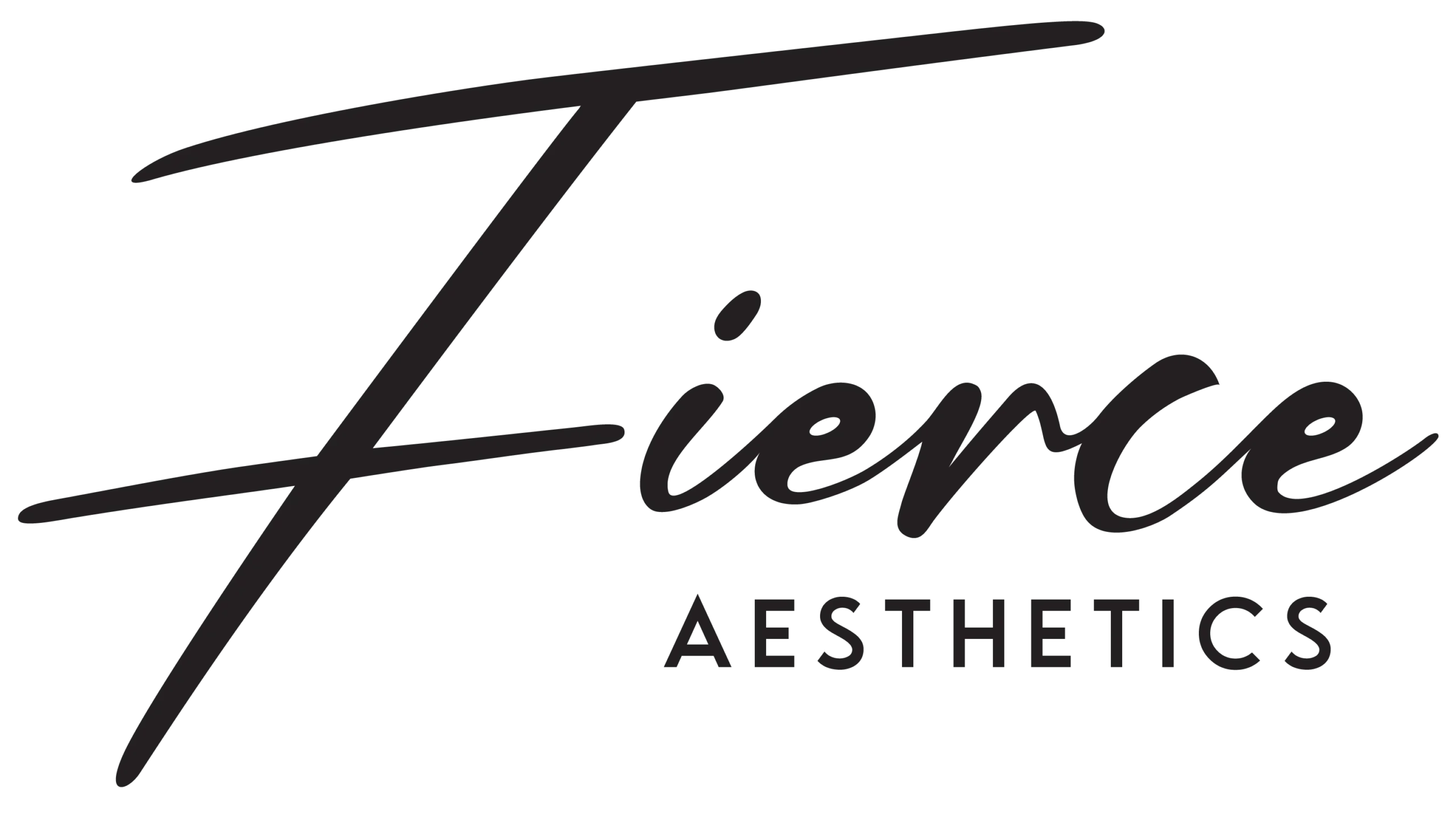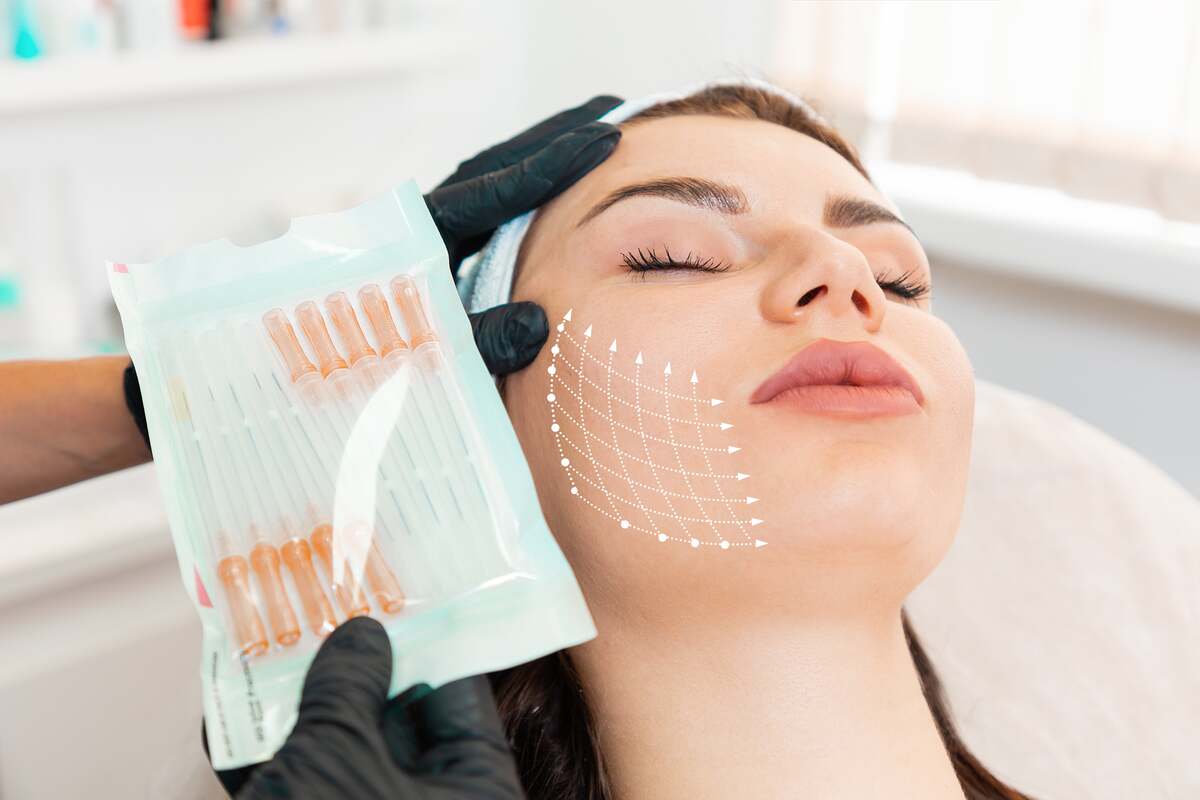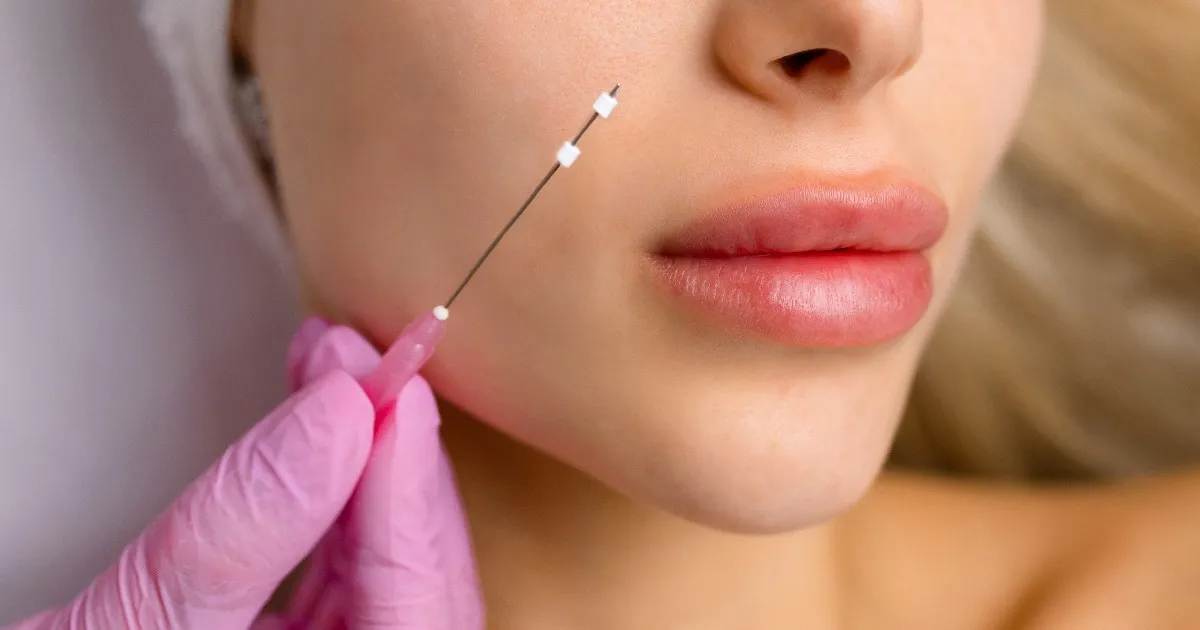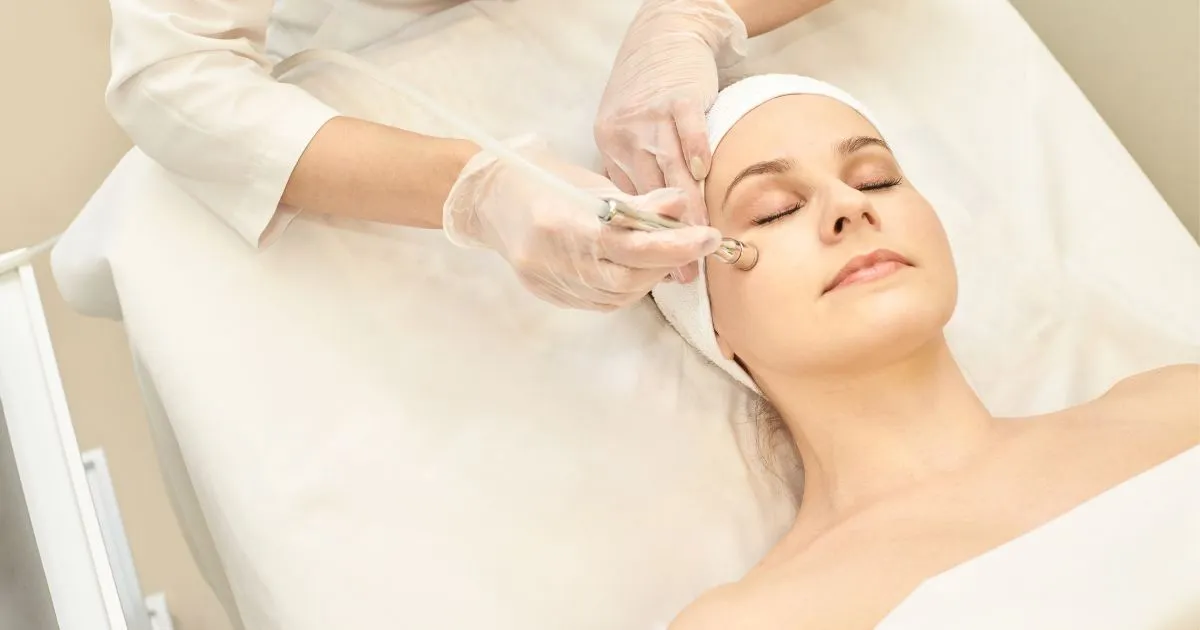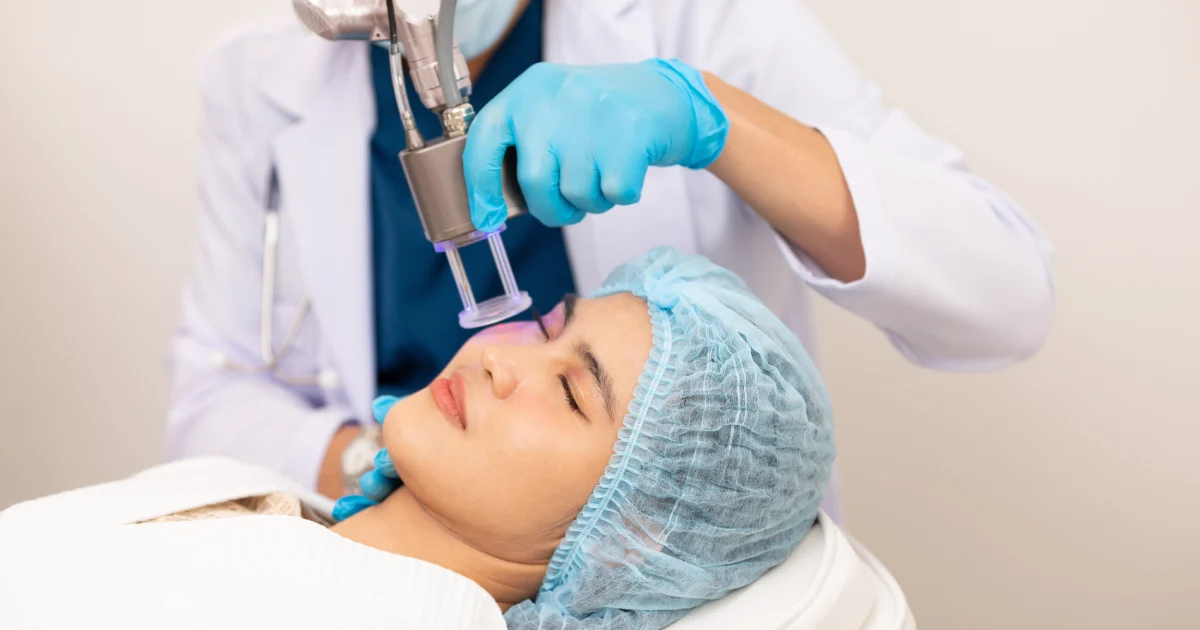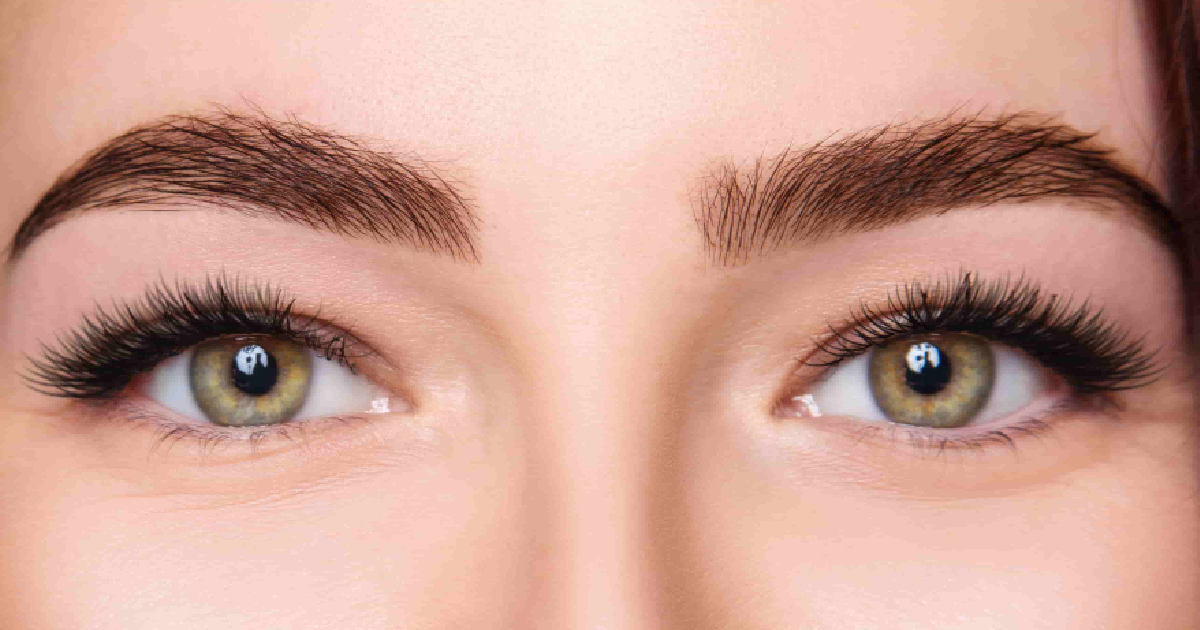Are you thinking about getting a facelift, but you’re worried about how invasive the procedure is and how long it takes to recover? We can address that concern with PDO Thread Lift, an innovative substitute that is changing the face rejuvenation landscape. This new process has become a beautiful choice for people who want a younger, more refreshed appearance without having to take a long period off. The PDO Thread Lift is a less invasive, faster, and more comfortable way to achieve comparable results than the traditional surgical facelift. It sticks out as a cutting-edge approach to effects that defy age, combining effectiveness with little intrusion.
What is PDO Thread Lift?
PDO stands for Polydioxanone. After decades of use in medical sutures, this substance has found a new application in the aesthetics industry. Using tiny needles, tiny, absorbable polydioxanone threads are inserted into the skin’s subcutaneous layer during the minimally invasive PDO Thread Lift treatment. After that, these threads are pulled to provide the required lift, which practically raises and repositions the skin to make it appear younger and more rejuvenated.
This technique’s dual action is what gives it its charm. First, it instantly lifts the skin by mechanical methods; the threads raise it. Second, and more significantly, it encourages the body’s natural collagen synthesis in the treated areas. One essential protein that keeps our skin tight and young is collagen. We produce less collagen as we get older, which causes wrinkles and drooping skin. Over time, PDO Thread Lift elevates the skin and enhances its flexibility and texture by promoting collagen generation.
The adaptability of PDO Thread Lift is another attractive feature. It can tighten the neck, define the jawline, elevate drooping eyebrows, and smooth wrinkles surrounding the lips and nose, among other areas of the face. On average, the process takes around an hour to complete, and general anesthesia is unnecessary. Compared to conventional surgical facelifts, this results in a noticeably shorter recovery period.
What are Surgical Facelifts?
A plastic surgeon makes incisions during a surgical facelift, usually around the ear’s contours and along the hairline. The surgeon can reach the underlying facial tissues with these incisions.
After that, the surgeon tightens and realigns these tissues, cuts away any extra skin, and redrapes the skin that is left over the newly elevated features. For a more thorough rejuvenation, the operation is occasionally combined with additional procedures like brow lifts or eyelid lifts.
Customization is one of the main features of a surgical facelift. Every procedure is customized to the patient’s unique aging trends and facial shape, making it a highly individualized form of care. The results that can be achieved with this tailored technique look natural.
Following a surgical facelift, patients must recover for a few weeks, during which time they may swell and bruise.
PDO Thread Lifts Vs. Traditional Facelifts
For those with mild to moderate indications of aging, PDO Thread Lifts provide a less invasive, lower risk, and quicker recovery option for face rejuvenation with shorter-term outcomes. Traditional facelifts, on the other hand, are best suited for people with noticeable symptoms of aging who are ready to undertake a more involved treatment with a more extended recovery period. They offer more dramatic, long-lasting results.
Procedure and Invasiveness:
-
- PDO Thread Lifts: Minimally invasive, involving the insertion of fine, absorbable threads under the skin to lift and tighten.
- Traditional Facelifts: Surgical procedure that involves incisions, repositioning of underlying tissues, removal of excess skin, and suturing.
Anesthesia and Duration:
-
- PDO Thread Lifts: Typically performed under local anesthesia, taking 45 minutes to an hour.
- Traditional Facelifts Usually require general anesthesia or deep sedation, and the surgery can last several hours.
Recovery Time:
-
- PDO Thread Lifts: Shorter recovery time, often a few days to a week for most activities.
- Traditional Facelifts: Longer recovery time, often requiring weeks for full recovery and return to normal activities.
Results and Longevity:
-
- PDO Thread Lifts: Immediate lifting effect with improvement over time as collagen production is stimulated. Results can last 1-3 years.
- Traditional Facelifts: More dramatic and long-lasting results, often lasting ten years or more.
Ideal Candidates:
-
- PDO Thread Lifts: Best for individuals with mild to moderate sagging skin, usually in their 30s to 50s.
- Traditional Facelifts: Suitable for individuals with significant sagging and aging signs, typically in their 40s to 70s.
Risks and Side Effects:
-
- PDO Thread Lifts: Generally lower risk, with possible side effects including minor swelling, bruising, and discomfort.
- Traditional Facelifts: Higher risk associated with surgery, including scarring, risk of infection, longer-term swelling, and potential for anesthesia complications.
Cost:
-
- PDO Thread Lifts: Generally less expensive than traditional facelifts.
- Traditional Facelifts: More costly due to the complexity of the surgery and associated costs.
Maintenance:
-
- PDO Thread Lifts: May require maintenance treatments after a few years.
- Traditional Facelifts: Results are more enduring, with care typically only needed for a few years.
Which To Choose?
If you’re searching for a less invasive treatment with less downtime for minor sagging or decreased skin elasticity and other early indications of aging, a PDO Thread Lift may be the best fit. People in their 30s to 50s who wish to address these difficulties without undergoing a complete surgical operation may find this technique a practical alternative. With a recovery period that enables patients to resume their regular activities quickly, the PDO Thread Lift provides a rapid and comparatively simple method of face rejuvenation. It’s also a fantastic choice for people who are worried about the dangers and lengthier recovery time that come with standard surgery.
A Traditional Facelift, on the other hand, is better suited for people who have more noticeable indications of aging, such as prominent jowls, deep wrinkles, or sagging skin. People looking for a more dramatic alteration in their 40s to 70s typically choose this treatment. For individuals who are ready to invest in a more permanent solution and can afford the lengthier recovery period, a classic facelift is the preferred choice because it offers results that last for years and can effectively turn back the clock by many years.
Takeaway
Are you prepared to advance in your search for facial rejuvenation? Fierce Aesthetics Med Spa is here to assist you in making the best decision for your aesthetic objectives by guiding you through each option. Whether you’re thinking about the revolutionary PDO Thread Lift or the life-changing benefits of a Traditional Facelift, our team offers individualized treatment and outstanding outcomes. Don’t allow doubt to prevent you from experiencing your best self. Contact us today or consider an assessment at Fierce Aesthetics Med Spa right now, and let’s discuss your options. Find out how we might assist you in achieving the desired youthful, revitalized appearance.
